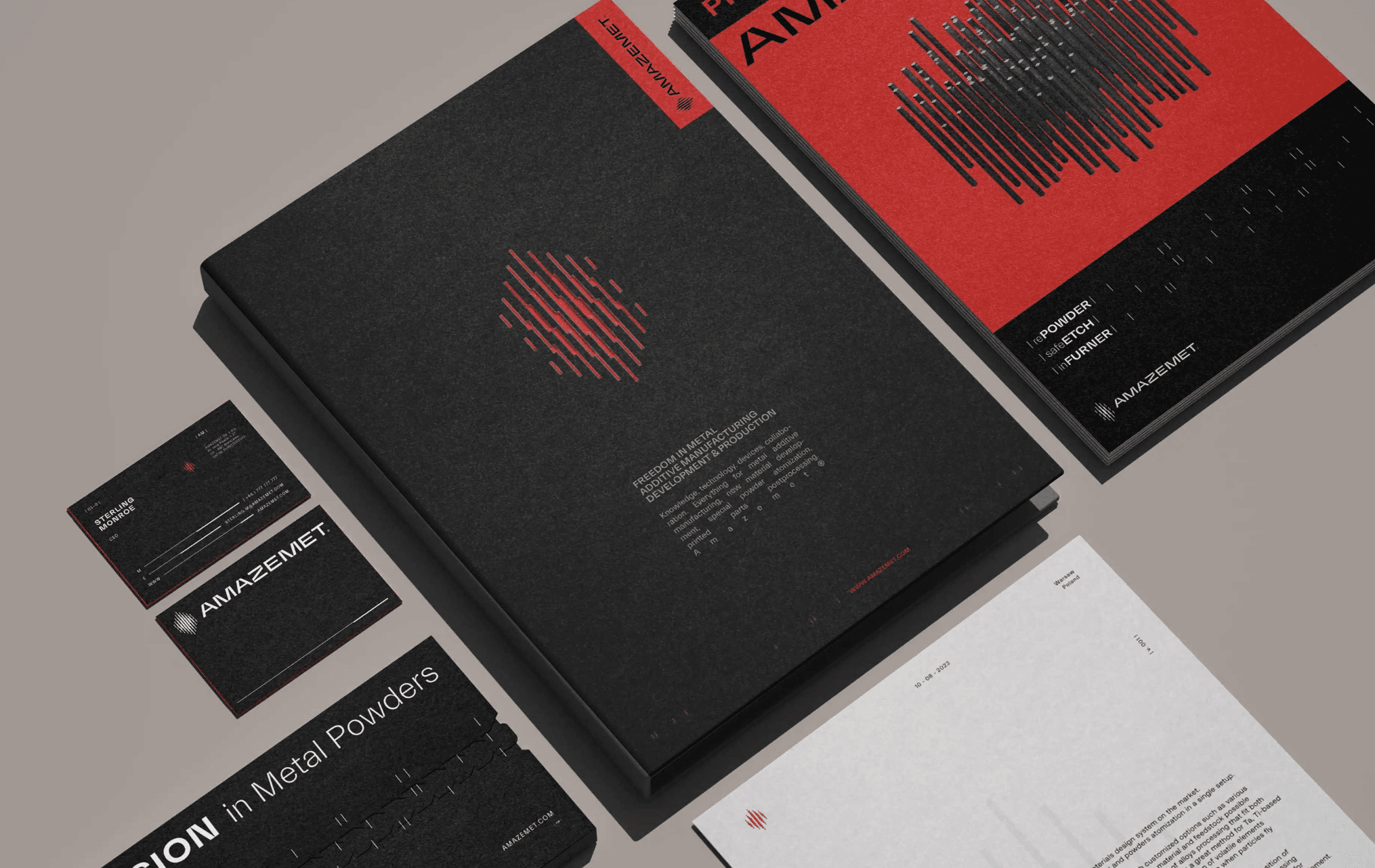The Ultimate Guide to Creating Brand Guidelines

Keeping your brand consistent isn’t just a nice-to-have—it’s essential. Whether you’re a startup trying to establish credibility or a growing business maintaining a unified presence, clear brand guidelines make sure everything from your logo to your messaging stays cohesive.
But let’s be honest: building brand guidelines from scratch can feel overwhelming. After studying hundreds of guidelines from the best brands—Nike, Netflix, McDonald’s, Discord, and more—I’ve developed a structured system that simplifies the process.
In this guide, I’ll walk you through the essential elements of strong brand guidelines and share resources to help you get it right. Plus, I’ve built a fully customizable template to save you hours of work.

1. Define Your Brand Foundation
Before getting into visuals, establish the core of your brand. This is what shapes everything from design to messaging.
- Belief – What’s the deeper idea driving your brand? This isn’t about selling a product—it’s about the philosophy that connects with your audience.
- Mission – Why does your brand exist? Your mission should clearly define what you do, who you serve, and the impact you aim to make.
- Value Proposition – What makes you different? Your value proposition explains why people should choose your brand over others.
- Brand Values – What principles guide your brand? These values influence decisions, culture, and how you engage with customers.
A strong foundation makes everything else—your visuals, messaging, and marketing—feel more intentional and cohesive.

2. Develop Visual Identity Rules
Your brand’s visuals should be instantly recognizable, whether someone sees an ad, a website, or product packaging. Strong brand guidelines ensure that no matter where your brand appears, it looks and feels consistent.
- Logo Usage – Define how your logo should and shouldn’t be used. Provide rules for placement, minimum size, spacing, and variations for different backgrounds.
- Color Palette – List your brand’s primary and secondary colors with HEX, RGB, and CMYK codes to ensure accuracy across digital and print.
- Typography – Specify the fonts used for headings, body text, and UI elements. Explain when and where each typeface should be applied.
- Imagery & Iconography – Outline the preferred style of photos, illustrations, and icons. Should they be minimal and modern or vibrant and playful?
When used consistently, these elements build brand recognition and create a polished, professional look across all touchpoints.
3. Establish Messaging Standards
Your brand’s voice is just as important as its visuals. A consistent tone makes your messaging feel authentic and builds trust with your audience.

- Tone of Voice – Should your brand sound formal, casual, witty, or authoritative? Define the personality behind your words.
- Messaging Pillars – Identify the core themes and values that should always be reflected in your brand’s communication.

- Taglines & Slogans – List approved taglines that encapsulate your brand essence and should be used consistently in marketing.
When everyone speaks in the same brand voice, whether in social media posts, emails, or ads, your brand feels more cohesive and memorable.
4. Make It Practical & Easy to Use
Brand guidelines are only useful if people actually follow them. A great brand guide is clear, accessible, and easy to apply.

- Use Visual Examples – Show clear “do’s and don’ts” to eliminate confusion. A simple side-by-side comparison can go a long way.
- Provide Ready-to-Use Templates – Pre-designed templates for social media, presentations, and packaging make it easier to maintain consistency.
- Keep It Organized – Structure the document logically so anyone—from designers to marketing teams—can find what they need in seconds.
Your guidelines should be a tool, not just a document. The easier they are to use, the more likely they are to be followed.
5. Keep Your Guidelines Up to Date
Your brand will evolve over time, and your guidelines should evolve with it. Revisiting and refining your brand book ensures it stays relevant.
- Gather Feedback – Check in with your team and stakeholders. Are the guidelines clear? Are they being followed? If not, refine them.
- Stay Relevant – As your brand expands to new platforms or markets, update your guidelines to reflect those changes.
- Track Changes – Keep a log of updates so everyone stays informed about the latest brand standards.
Your guidelines should be a living document—something that grows alongside your brand.
Save Time with a Pre-Built Template

After working on countless brand identity projects and analyzing hundreds of brand guidelines, I realized how much time it takes to create one from scratch. That’s why I built a fully customizable Brand Guidelines Template.
- Over 100 pages covering logos, typography, colors, messaging, and strategy
- Modular and easy to customize for any brand
- Available in Figma, Illustrator, and InDesign
If you’re ready to save hours of work and ensure your brand stays consistent, check it out:
Resources for Branding Inspiration
Want to see how the biggest brands in the world structure their guidelines? These resources let you explore brand books from companies like Netflix, McDonald’s, Coca-Cola, Discord, and more:
- Branding Style Guides – A collection of brand guidelines from top companies.
- Deck Gallery – A curated selection of brand guideline presentations.
Studying these can give you insights into how industry leaders maintain a strong and consistent brand identity.
Creating brand guidelines doesn’t have to be overwhelming. With a clear structure and the right tools, you can build a guide that not only reflects your brand’s essence but also makes it easy to maintain consistency across all channels.
If you found this helpful, check out the pre-built template to make the process even smoother.

Balram is a brand and product designer with over six years of experience helping businesses grow through strategy, design, and technology. He has worked across industries like fashion, SaaS, healthcare, and e-commerce, building brands that connect with their audiences.

